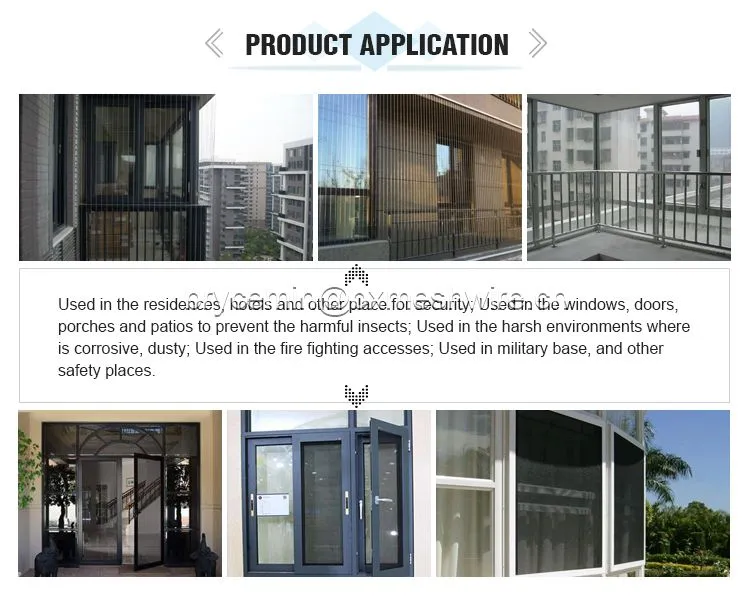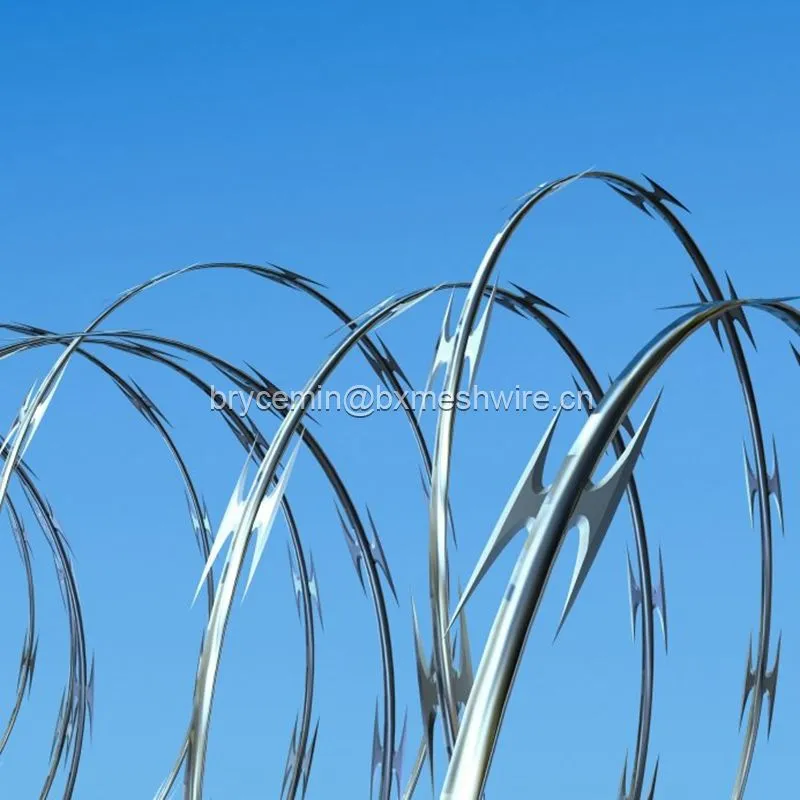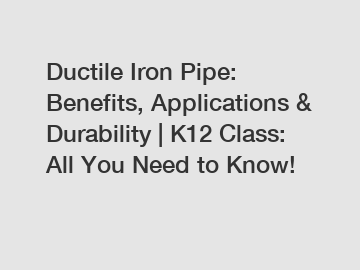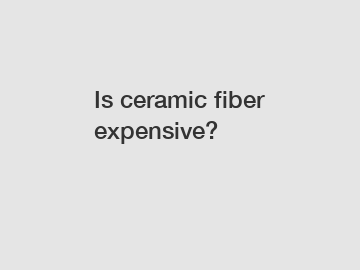How do you specify a drill bit?
Drill bits are indispensable tools for any handyman, woodworking enthusiast, or construction professional. From simple household repairs to complex projects, choosing the right drill bit is crucial for achieving optimal precision and efficiency. But with the myriad of options available, how do you specify a drill bit? In this blog post, we aim to demystify the process and equip you with the knowledge and expertise needed to make an informed decision.
1. Understanding the Basics:
Before diving into the specifics, it's important to familiarize yourself with the fundamental components of a drill bit. Typically, a drill bit consists of a shank, body, and cutting edge. The shank is the part that fits into the drill's chuck, while the body contains flutes or spirals that facilitate chip extraction. The cutting edge, often shaped differently for various applications, is the part that actually bores into the material.

2. Material Selection:
The first step in specifying a drill bit is considering the material you'll be working with. Different materials require different drill bits. For example, wood requires a wood-specific drill bit with a sharp point and wider flutes to clear chips effectively. Conversely, metals demand drill bits made from high-speed steel (HSS) or cobalt to withstand heat and retain their hardness.
3. Size Matters:
Drill bit sizes are specified using a standard numerical system or metric measurements. The diameter of the drill bit determines its size, and you'll find a wide range of sizes available. Smaller bits are suitable for delicate work or pilot holes, while larger bits facilitate faster material removal. Depending on the nature of your project, choose a drill bit that falls within the appropriate size range.
4. Consider the Design:
Drill bits come in various designs, each tailored for specific applications. For example, twist drill bits are the most common and versatile, perfect for drilling holes in wood, metal, and plastic. On the other hand, spade bits are ideal for drilling larger holes in wood, and masonry bits are engineered for drilling into concrete and brickwork. By understanding the different designs, you can select the most suitable one for your project.
Additional reading:Everything You Need to Know About Prepainted Steel Coil
What is black metal plumbing pipe called?
How Does Silica Fume Affect Concrete Strength?
How durable is PVD coated stainless steel?
Do pellet smoker tubes work?
Revolutionizing the Mining Industry: Are Tungsten Carbide Teeth Inserts the Future?
What is magnesia spinel?
5. Special Features:
Certain projects may require drill bits with special features to enhance precision and performance. For instance, brad-point bits have a sharp central point that prevents the bit from wandering, resulting in precise hole placement. Countersink bits combine drilling and countersinking functions, eliminating the need for separate tools. By exploring these additional features, you can elevate the quality of your work.
6. Coatings and Finishes:
Modern drill bits often come with specialized coatings and finishes that improve durability and functionality. Titanium coatings reduce friction and increase longevity, making them ideal for drilling through tough materials. Likewise, black oxide coatings provide heat resistance, preventing overheating of the bit during the drilling process. Familiarizing yourself with these coatings will help you select the best option for your specific needs.
7. Safety First:
Lastly, no discussion about drill bits is complete without emphasizing safety precautions. Always wear appropriate personal protective equipment (PPE), such as safety goggles and gloves, to protect yourself from potential hazards. Additionally, knowing the proper drilling technique and using clamps or work tables to secure the material will enhance safety and prevent accidents.
Conclusion:
Choosing the right drill bit is essential for successful drilling projects. By understanding the materials, sizes, designs, special features, coatings, finishes, and safety considerations, you can confidently specify a drill bit that suits your needs. Remember, the right bit saves time, enhances precision, and promotes the longevity of your tools. So, whether you're a beginner or an experienced DIY enthusiast, arming yourself with knowledge in drill bit specification will unlock a world of possibilities for your projects. Happy drilling!
Are you interested in learning more about Carbide Mining Inserts Manufacturer, Tungsten Carbide Rods Suppliers, Carbide Blanks Manufacturer? Contact us today to secure an expert consultation!
Additional reading:What is the best material for a hydraulic manifold?
Selecting the Right Barbed Wire: Factors to Considerc
How do you install a scaffold tower?
What can I use instead of a soldering block?
Which Window Screen Mesh Offers the Best Long-lasting Durability?
What is the meaning of drill collar?
What are aluminium strips used for?
153
0
0
Related Articles
-
225
0
0
-
166
0
0
-
170
0
0
-
173
0
0
-
Which perforated aluminium sheet offers the best value for money?
Which perforated aluminium sheet offers the best value for money?
178
0
0
-
Ductile Iron Pipe: Benefits, Applications & Durability | K12 Class: All You Need to Know!
Ductile Iron Pipe: Benefits, Applications & Durability | K12 Class: All You Need to Know!
172
0
0
-
179
0
0
-
162
0
0










Comments
All Comments (0)